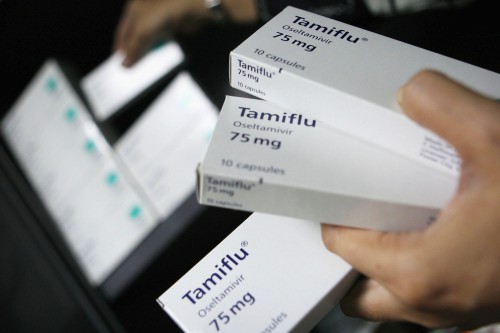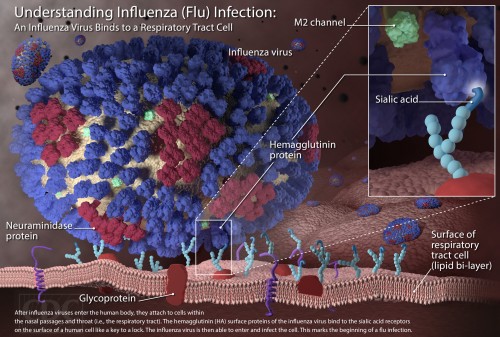
In recent years, we have been increasingly surrounded with news of seasonal influenza epidemics, widely known as “the flu.” The disease has a variety of symptoms that may be observed with different severity in different individuals, or not at all. The most common but not necessarily serious symptoms include fever, chills, respiratory difficulties, and body aches. However, the possibility of having a more serious case of the flu and developing fatal complications has made the flu a dangerous enemy to mankind which the medical and pharmaceutical communities have been trying to combat. In this quest, one of the most popular options has been the antiviral drug, Tamiflu. Individuals and governments alike have been relying heavily on this hope of a remedy even if it is not a cure for the flu.
Although the amount of Tamiflu stockpiled by the American government at a cost of more than $1.5 billion since 2005 sounds reassuring, the effectiveness of Tamiflu is more questionable. The Cochrane Collaboration, a respected research network of medical care, recently updated their review on Tamiflu, with strong points of disagreement with the claims made by the manufacturer Roche.

The Cochrane Collaboration first discovered that, although trials are the principal and indispensable proof of the effectiveness of a drug, in this case, the execution and reporting of the trials are biased. Also, contrary to popular belief, there is no evidence that taking this drug decreases the risk of hospitalization. There is also no evidence that Tamiflu prevents transmission. What Tamiflu does achieve is to shorten the symptoms by a day, but given that a case of flu can have various durations it is debatable whether this sole feature merits the spotlight Tamiflu has received.
In light of this report, the reviewers requested access to more information about the drug from Roche, including full clinical study reports and the statistical analysis plan. Although the British Medical Journal (BMJ) Group, another esteemed evidence-based medical information network, claims Roche “promised” in 2009 to release its records, this has not yet happened. As such, it seems that the issue is also facing bureaucratic challenges.

There is room for contemplation and consideration following these developments. It has been only three years since 2010 when regulatory authorities from around the world, including the Food and Drug Administration (FDA), announced that the diabetes drug Avandia was in fact deleterious to human health. Fingers were once again pointed at the faulty regulatory process for failing to collect and evaluate all relevant data. Therefore, perhaps even more important than the single case of Tamiflu is BMJ’s initiation of an “open data campaign” encouraging data disclosure and transparency, which may change the course of future drug trials.
It is important to bear in mind that Tamiflu has not yet been conclusively convicted of inefficiency or harmful effects. For now, the debate on Tamiflu is clouded with much uncertainty waiting to be resolved. The best course of action seems to be for Roche to release trial reports or provide evidence for an objective method of monitoring by independent organizations. Otherwise, this uncertainty may raise even more questions in the near future.
About the Author: Selin Isguven is a sophomore Biomedical Engineering major in Trumbull College. She is the Treasurer for both the Biomedical Engineering Society and Yale Friends of Turkey.
